Top 5 benefits of Microsoft Teams for remote and distributed work
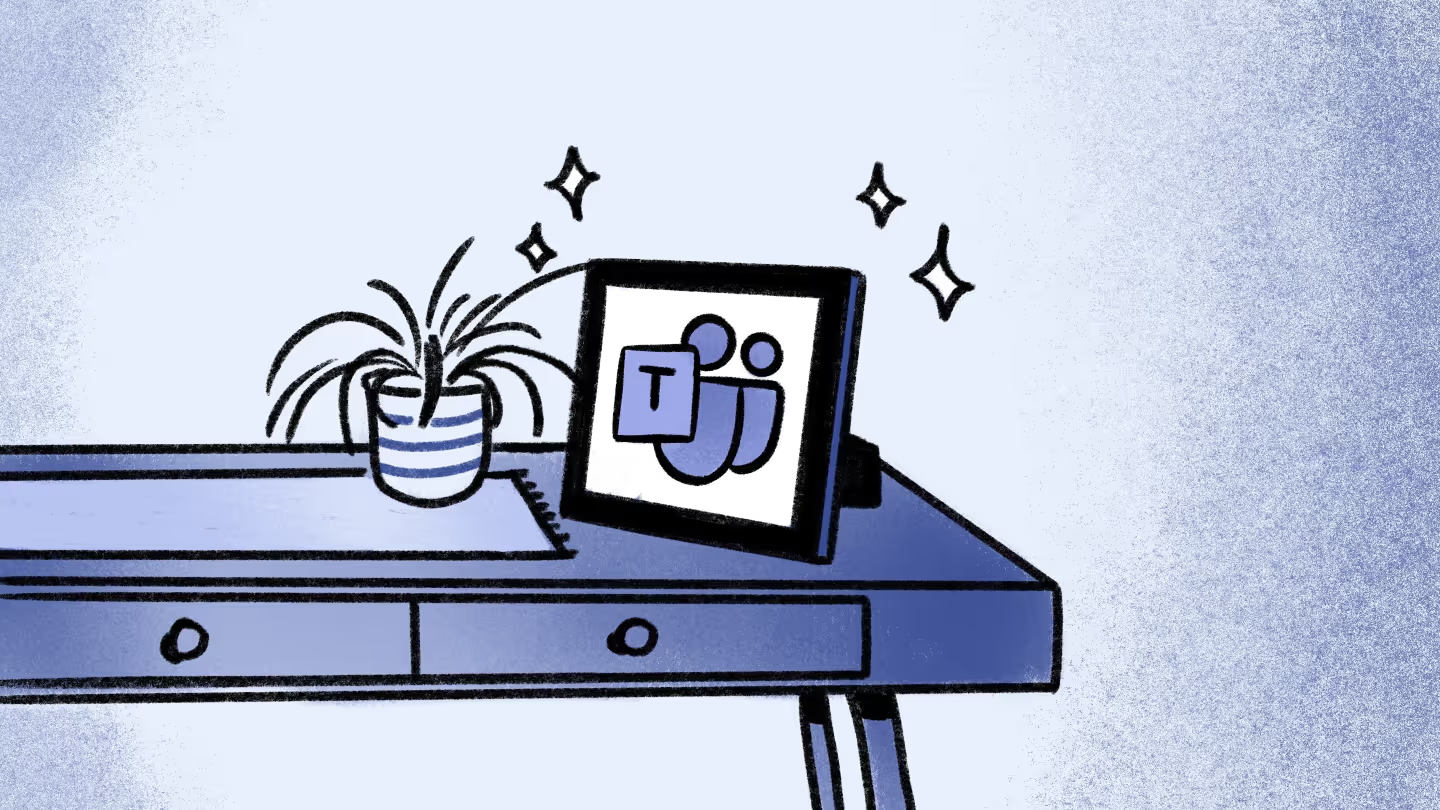
Table of contents
Whether your employees work in a hybrid model or are completely remote, Teams can help you level up your organization’s collaborative work and productivity. Check out the five biggest benefits of using Microsoft Teams for distributed work!
With more people than ever working remotely today, productivity tools like Microsoft Teams have become an integral part of work life. More organizations are shifting to Microsoft 365 to take advantage of the powerful, cloud-based features, especially those offered by Teams, that allow distributed teams to work more productively and securely.
In this roundup, we highlight some of the biggest advantages of Microsoft Teams for remote working with a cloud-first strategy, including new capabilities you can leverage for greater agility in virtual collaboration and improved team productivity.
1. Teams streamlines work to save time and enhance productivity
One of the top benefits of Microsoft Teams is inherent in its name. Microsoft describes Teams as a “hub for teamwork that brings together real-time messaging, meetings, calling, Office 365 apps, and third-party tools, all in one place.”
By tying together several M365 tools in one centralized place, Teams makes it easy to find and leverage the features and functionalities that distributed teams need to be productive and collaborate seamlessly.
Related: Groups vs. Teams vs. SharePoint explained
Secure, friction-free file sharing
Microsoft has revamped the file-sharing experience in Teams, which helps organizations strike the perfect balance between document collaboration, especially with external parties, and data security with enhanced security measures.
File sharing in Microsoft Teams enables users to create a shareable link for any file stored in Teams. The key here is that the user can set the appropriate permissions before sharing a file.
When sharing a file from within Teams, users can provide access to people both within and outside an organization. They’ll be alerted if recipients cannot view the file and can change the permissions accordingly.
It’s important to remember that sharing files and folders in Teams is based on the settings configured in SharePoint and OneDrive (where those files and folders are actually stored), so the way you configure sharing for SharePoint and OneDrive will affect sharing in Teams as well.
The main takeaway is that these features eliminate the friction in file sharing while helping you rest easy, knowing that files won’t inadvertently fall into the wrong hands.
A History menu that makes it easy to pick up where you left off
Context switching is also a productivity killer. The productivity gains realized by Microsoft’s centralized information hub are more significant than you may realize.
Research shows that it takes, on average, 9.5 minutes for employees to get back to being productive after switching apps (that’s in addition to the time it takes to find and open the app). Now, multiply that by the number of people in your organization and all the apps they use each given day, and you have a potentially huge loss in productivity!
M365 eliminates this hidden cost by design and provides robust features to further streamline workflows and facilitate collaborative work.
By packaging powerful M365 tools together through one interface, Teams reduces the need to jump between apps, tasks, and projects.
The History menu for Teams desktop clients builds on this functionality by enabling users to quickly return to places they’ve recently visited, including apps and files, activities, channels, and conversations. No matter what you were working on before, you can count on the History menu to leave you a trail of breadcrumbs to quickly find your way back to it.

Microsoft Teams displays that free up your focus for the work at hand
Microsoft Teams displays are a category of Teams-dedicated devices. These devices feature an all-in-one touchscreen and hands-free mode powered by Cortana (Microsoft’s productivity assistant).
Teams displays are designed to seamlessly integrate with your PC to make all your Teams activity visible at a glance. All your Teams-related alerts, messages, calls, and meetings are channeled to the device, freeing up your desktop or laptop to focus on the work at hand.
Teams displays are just one more way to enhance your productivity with Teams. To learn more about making the most of Teams, check out our article on Microsoft Teams Channels best practices.
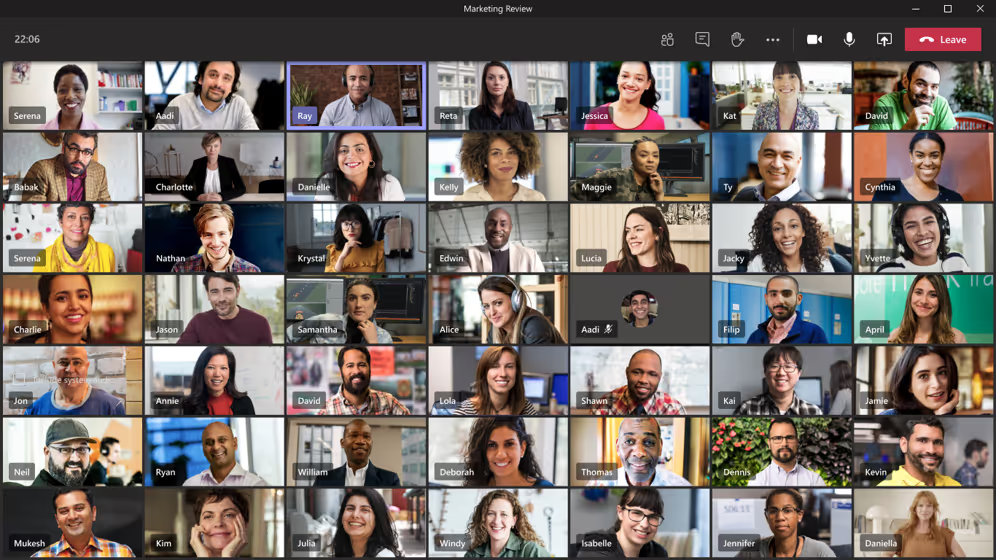
Features that let you tailor your Teams experience
Microsoft knows that creating a great user experience is also critical for enhancing productivity and has incorporated several features in Teams to let you create a Teams experience tailored to how you like to work.
In addition to all the customization options you had before, Teams now provides a larger gallery view, allowing you to view up to 49 video streams simultaneously. You can also dock your meeting controls at the top of your screen for easier access and move the meeting notes to a tab in the main Teams window.
2. Video meetings are more effective in Teams
Improved video meetings are one of the many benefits of Microsoft Teams for seamless communication and distributed work. Since the pandemic made video conferencing a mainstay in today’s work environment, Microsoft has released a series of Teams enhancements to make virtual meetings more efficient and intuitive.
Automatic noise suppression
Background noise is a familiar nuisance, whether you’re working from home or in a shared office space. Most of us can handle an occasional bark from an inpatient pup (and some of us can totally relate). However, the constant traffic or other noises in the background during a meeting can make it hard to understand what people are saying.
Teams has you covered with an AI-based noise suppression option. By enabling this feature, users can remove unwelcome background noise during their Teams calls and meetings with a click of a button.
End-of-meeting notifications that help you stay on track
It’s easy to lose track of time when you’re engaged in a meeting. Teams will help you stay on track with automatic alerts that tell participants when five minutes remain in a meeting so everyone knows it’s time to start wrapping up. The notifications remain on screen for 10 seconds before disappearing and are triggered for all scheduled private or channel meetings.
A more intuitive join meeting launcher
Microsoft offers a bunch of different ways to join a Teams meeting. Participants can join a Teams meeting from the Teams app or Teams on the web. They can join from their calendars or with a link. And if they can’t join via the web or app, they can call into the meeting on their phones.
With so many options, it’s important that the meeting launcher provides clear instructions for users on how to join. In Teams, when users click on a meeting link, they’re prompted to either join the meeting via their browser or download and join via the native Teams client.
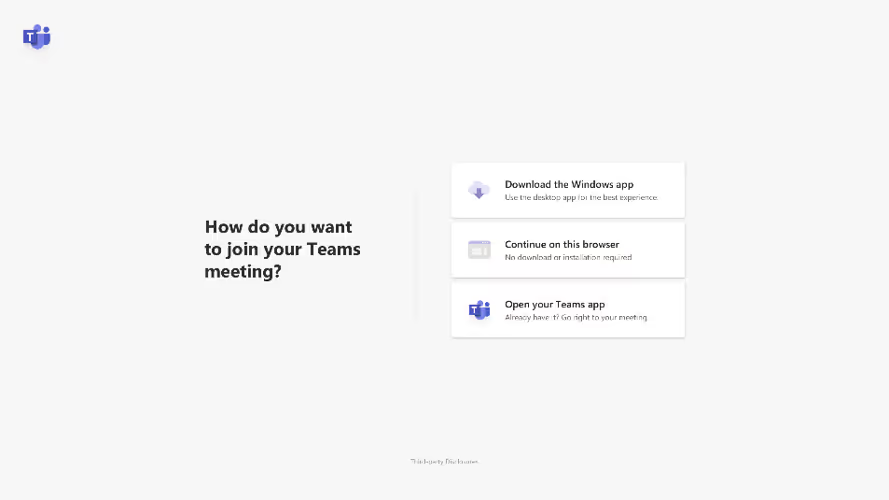
3. Teams makes collaboration seamless and secure
While companies often adopt Teams as a tool for its real-time messaging and virtual meetings features, we all know the benefits of Microsoft Teams extend far beyond this.
According to Microsoft, the key to achieving more productivity with Teams is to leverage its collaboration capabilities to “move beyond transactional meetings and focus on the flow of work.”
Here are a few of the features that can help users shift more of their focus to the flow of collaborative work.
Playing tag in a whole new way with tagging in Teams
Tagging in Microsoft Teams makes the days of playing endless phone tag with co-workers a distant memory that most of us are all too happy to forget.
With the ability to create and manage tags in Microsoft Teams, users can reach the right people faster by tagging them in Teams chats and channel conversations.
Users can organize and categorize the people they work with in Teams based on various attributes such as role, project, skill, expertise, or location to make them easy to reach.
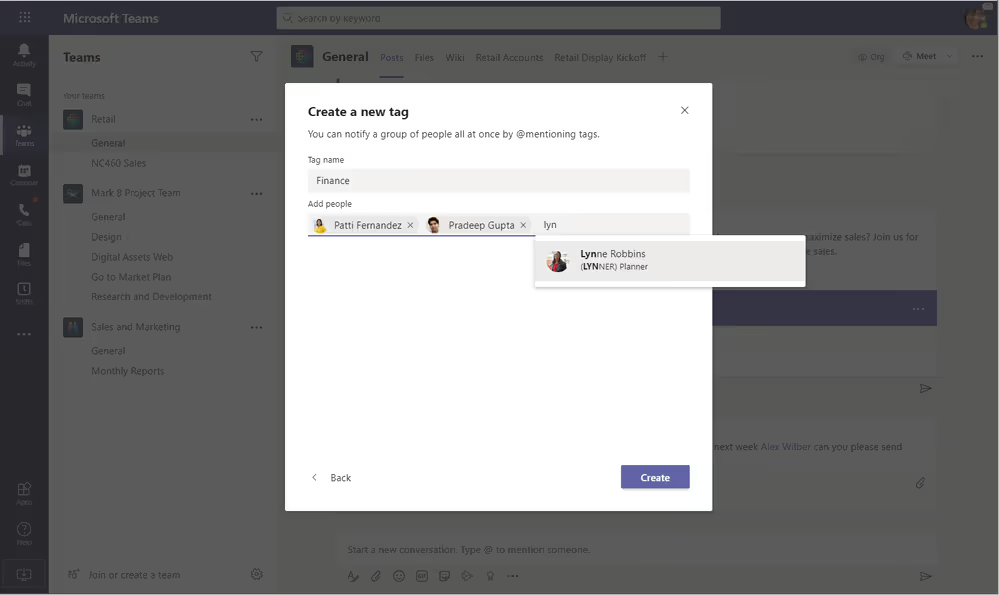
Shareable calendars
The shared calendar app in Microsoft Teams allows you to create and share a calendar with all the members within a specific Teams channel. Whenever you schedule a new meeting, a notification is posted in the channel’s activity feed, and users can then add the event to their personal calendars.
Streamlined approval workflows built into Teams
Microsoft Teams makes it easy to manage approval workflows. From client agreements to expense reports, you can send a new item for approval from a Teams chat, a channel conversation, or the Approvals hub.
The approvals hub is a dedicated space in Teams for managing approvals. Users can create, share, and track approvals. The Approvals hub provides a centralized location for posting status updates and tracking all previous and pending approval requests, including their status, source, requester, and approvers.
The ability to stay productive even when you’re offline
While remote accessibility is key to remote work, the occasional spotty internet connection is a fact of life. And, of course, that always seems to happen when you’re up against a deadline. The last thing you need is to find yourself in a place with a bad connection or no connection at all.
Not a problem if you’re working in Teams. Whether working from home, in an office, or on the road, the offline auto-send feature in Teams has you covered, allowing you to stay productive even without an active internet connection. When working offline, your Teams messages will be queued up on your local device and automatically sent once that device is back online.
4. Teams makes virtual connections and conversations more meaningful
Despite all the technological power at their fingertips, a distributed workforce is still composed of real people who crave human connection. Fortunately, Microsoft Teams offers several features designed to make Teams interactions more natural, engaging, and fun.
Organizing breakout rooms without breaking a sweat
Have you ever found yourself needing to set up a meeting with breakout rooms?
With breakout rooms in Teams, meeting hosts can quickly and easily organize participants into smaller groups for discussion, conversation, and brainstorming.
You can also plan ahead using the breakout room settings to give your rooms different names, set timers for different sessions, and pre-assign people to specific rooms. Or, if you want to mix it up a bit, you can let Teams automatically assign participants to the breakout rooms you create.
During the meeting, after attendees enter breakout rooms, meeting organizers can join any sessions to call attendees back to the main group when the breakout is over.
Live reactions to help humanize communication in virtual meetings
Clear communication is already a challenge in the workplace, and virtual meetings can make it harder as team members struggle to read one another’s nonverbal cues and body language on a computer screen.
However, much like a picture is worth a thousand words, tiny digital pictures (aka emojis) can help people say what sometimes their words do not clearly convey.
With ‘live reactions’ in Teams (Microsoft’s version of emojis), participants can express themselves more clearly with five options: love, applause, laugh, and surprise.
In addition to adding clarity (and an element of fun) to meetings, another benefit of using live reactions is allowing participants to signal their agreement or concerns about something being covered, which can provide cues to meeting organizers that additional discussion may be needed.
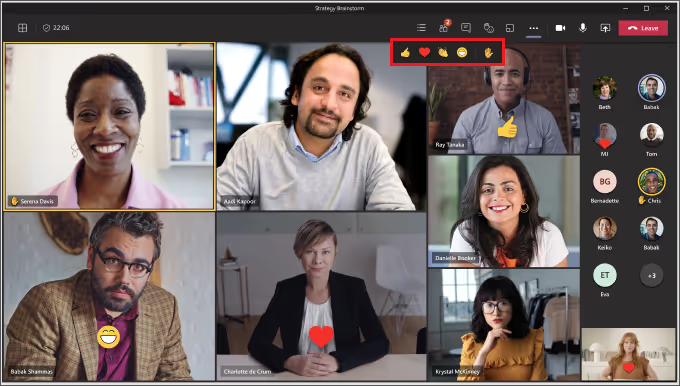
'Together mode' for more natural-feeling meetings
In Microsoft Teams, together mode is designed to make virtual meetings seem more natural by bringing all participants out of their ‘boxes’ on the screen and into a virtual environment where they all sit together in a shared space.
This feature was first launched during the pandemic when so many people had to quickly adapt to working from home for the first time, and ‘meeting fatigue’ became a thing.
Together mode reduces meeting fatigue by helping people connect more naturally with various virtual backgrounds. Users can choose from a variety of backgrounds, such as a coffee shop or a festive holiday party scene, or create their own customized Teams views.
5. Teams keeping everyone informed, engaged, and aligned
Now more than ever, it is vital for businesses to keep employees informed and on the same page—wherever they work. With Milestones and Bulletins, Teams can communicate more broadly and effectively. Both are Power Apps optimized for broad distribution scenarios common to organizations with a distributed workforce. Let’s take a quick look at how each one supports remote work.
Milestones make tracking progress on key initiatives easy
Milestones is an out-of-the-box app for Teams designed to help organizations track key milestones in one central location. This makes project coordination much easier for cross-functional teams separated by location and different business units within the organization.
Users can use Milestones as a task management app to track work items by owner or status and add custom workflows, including notifications when the status of an item has changed.
Milestones (and Bulletins, too) are easy to configure, and because they are both low-code Power Apps built on the Power Platform, they can be easily tailored to fit the individual needs of different teams.
Bulletins to help employees stay connected and in the know
The Bulletins app is designed for company communications and, like Milestone, is easily integrated with Teams. Both apps can be pinned to the top of a team’s channel to make them easy to find.
Bulletins provides a space within Teams where managers can post memos, announcements, and other company news, including images and videos. The app is optimized for mobile devices, so employees never miss important alerts or updates.
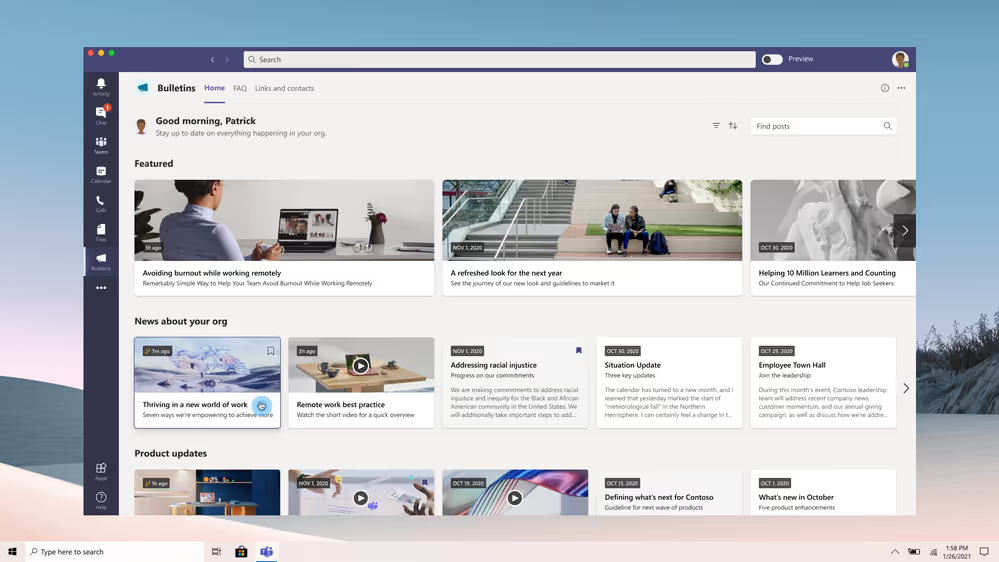
Make your business more competitive with Microsoft Teams
Results from our 2021 benchmark report, State of Microsoft 365: Migration, Modernization, and Security, indicate that 70% of organizations expected their workforce to remain distributed. That prediction appears to have been true, at least in the U.S., where almost 20% of all workers were still working remotely in 2023.
Remote work is here to stay, and organizations that leverage the full capabilities of Microsoft 365 and Teams will be more productive and more competitive in the market.
The insights in our benchmark report are still relevant today. Get the full report here for data-backed insights and expert recommendations on creating a successful, scalable, and secure distributed workplace with M365 and Teams.
What is ‘together mode’ in Microsoft Teams?
Together mode is a set of virtual backgrounds designed to reduce meeting fatigue by helping people connect more naturally. Together mode eliminates the “boxes” that participants normally appear in and places everyone together within a virtual environment provided (e.g., a coffee shop) or a customized view created by the user.
Can you use Microsoft Teams for remote access?
Yes. Microsoft Teams is a cloud-based productivity system, whether purchased as a standalone app or as part of M365. In addition to people meeting virtually and communicating, Teams provides many other features designed to make them more successful and businesses more competitive.
Can Teams support approval processes?
Teams makes it easy to manage approval workflows. Users can send new items for approval from a Teams chat, a channel conversation, or the Approvals hub, a dedicated space within Teams that allows users to create, share, and track approvals from one centralized location.
Can you create breakout rooms in Teams?
Yes, and it’s easier than ever! In Teams, meeting hosts can easily set up breakout rooms ahead of time with timers for each session, pre-assigning people to specific rooms or telling Teams to automatically assign participants to breakout rooms. During the meeting, after attendees go into their breakout rooms, meeting organizers can join sessions to call attendees back to the main group when the breakout is over.
.jpg)


.svg)
.avif)
%20(1).avif)


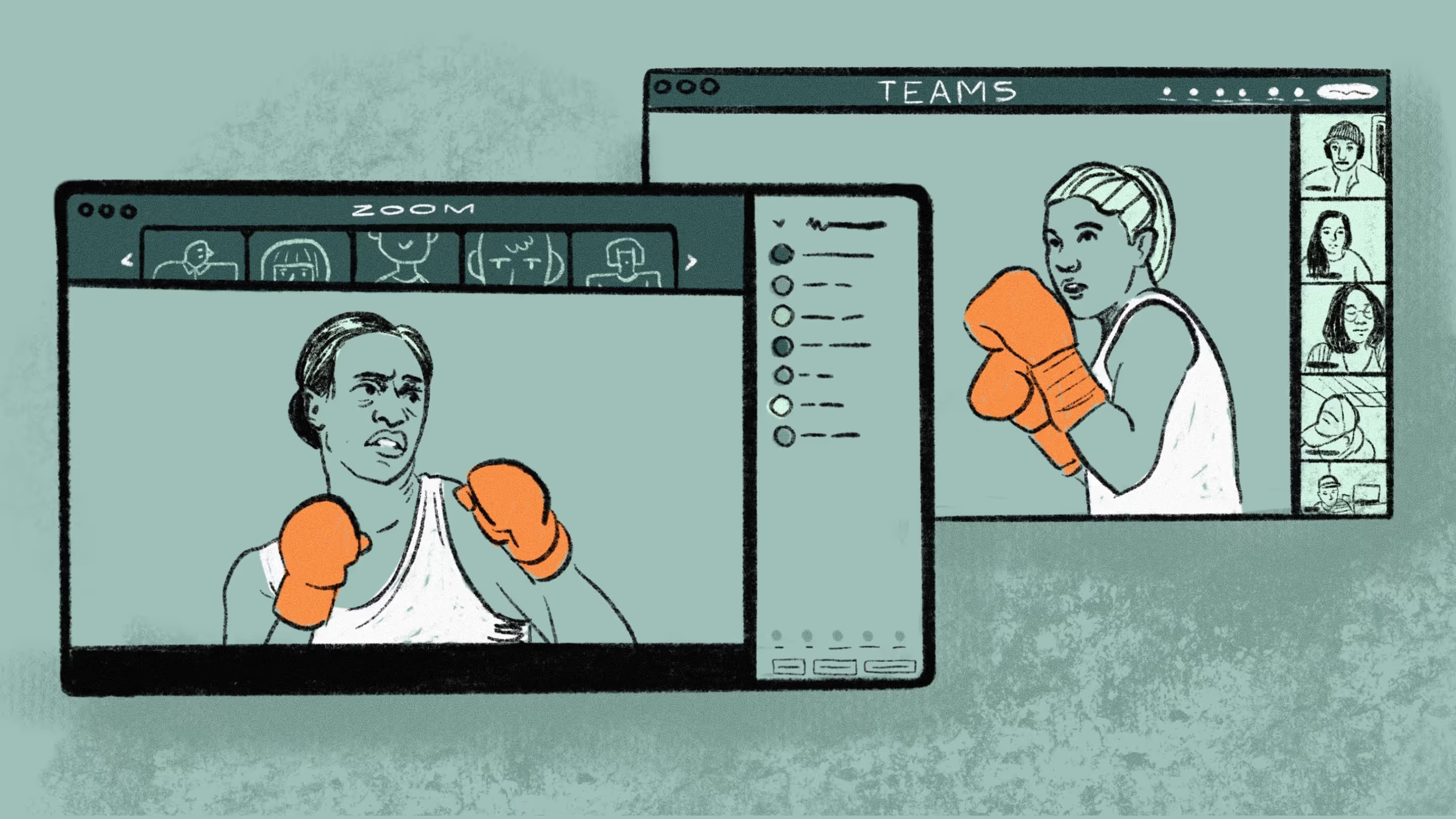
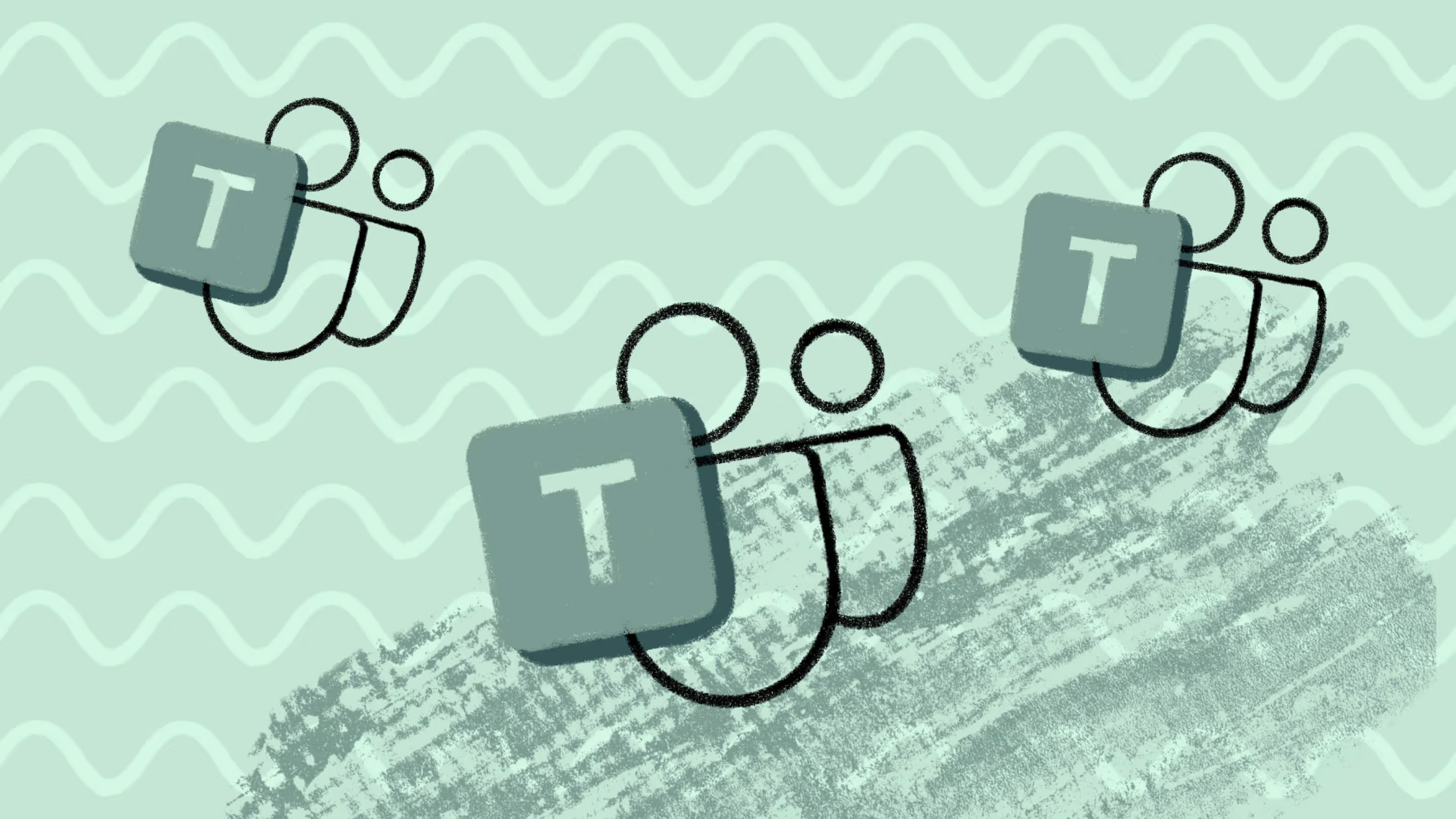

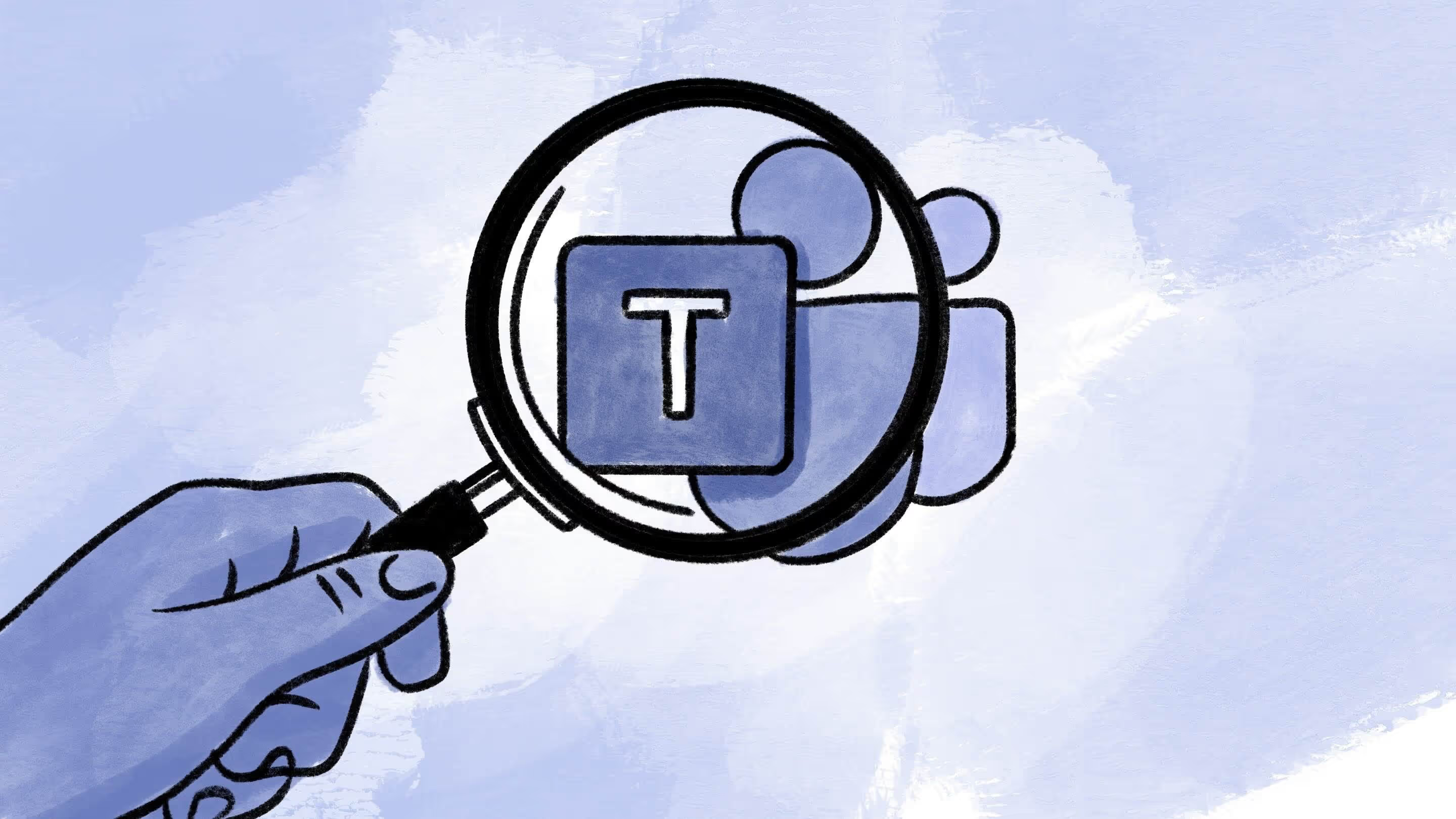



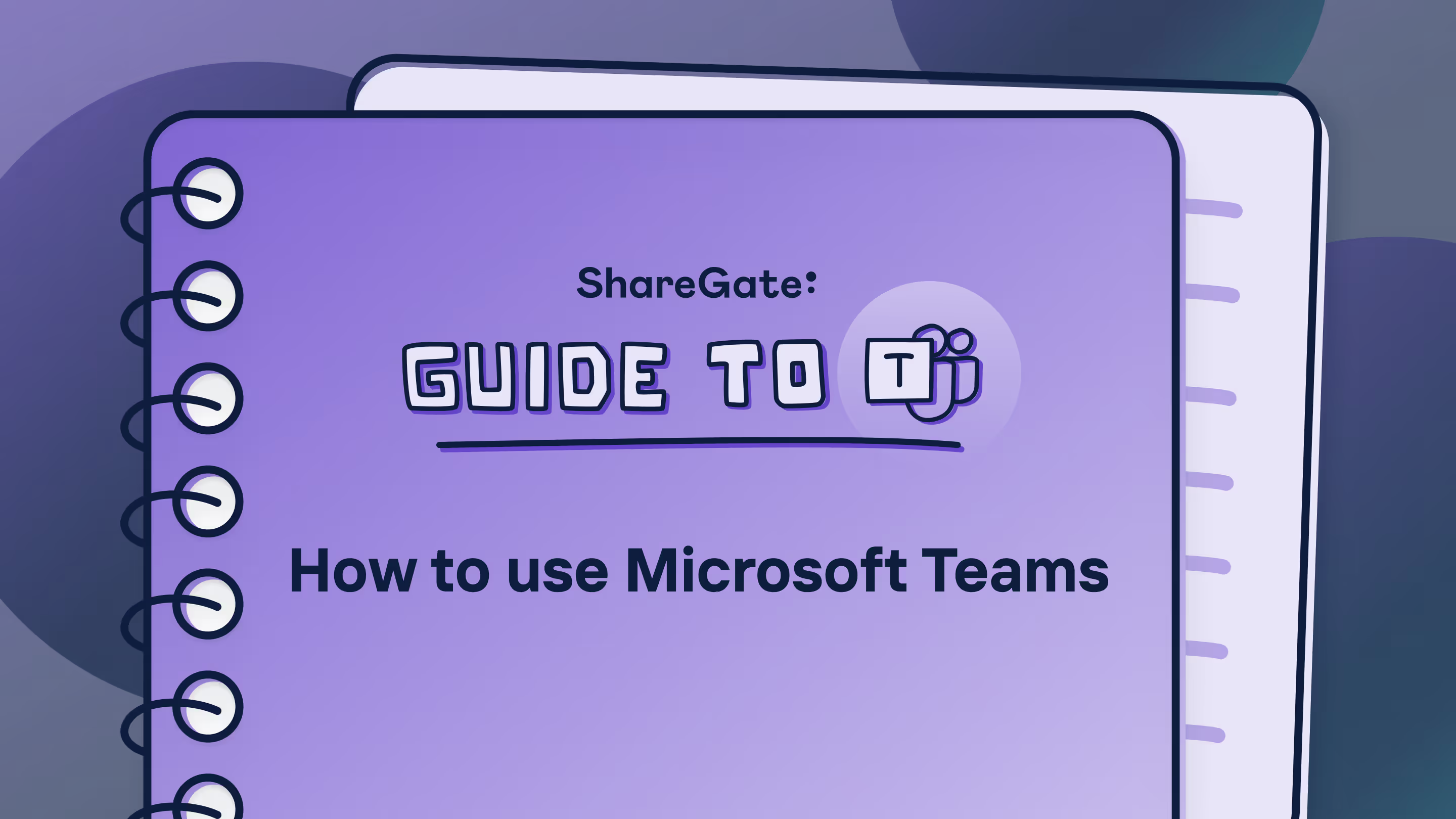
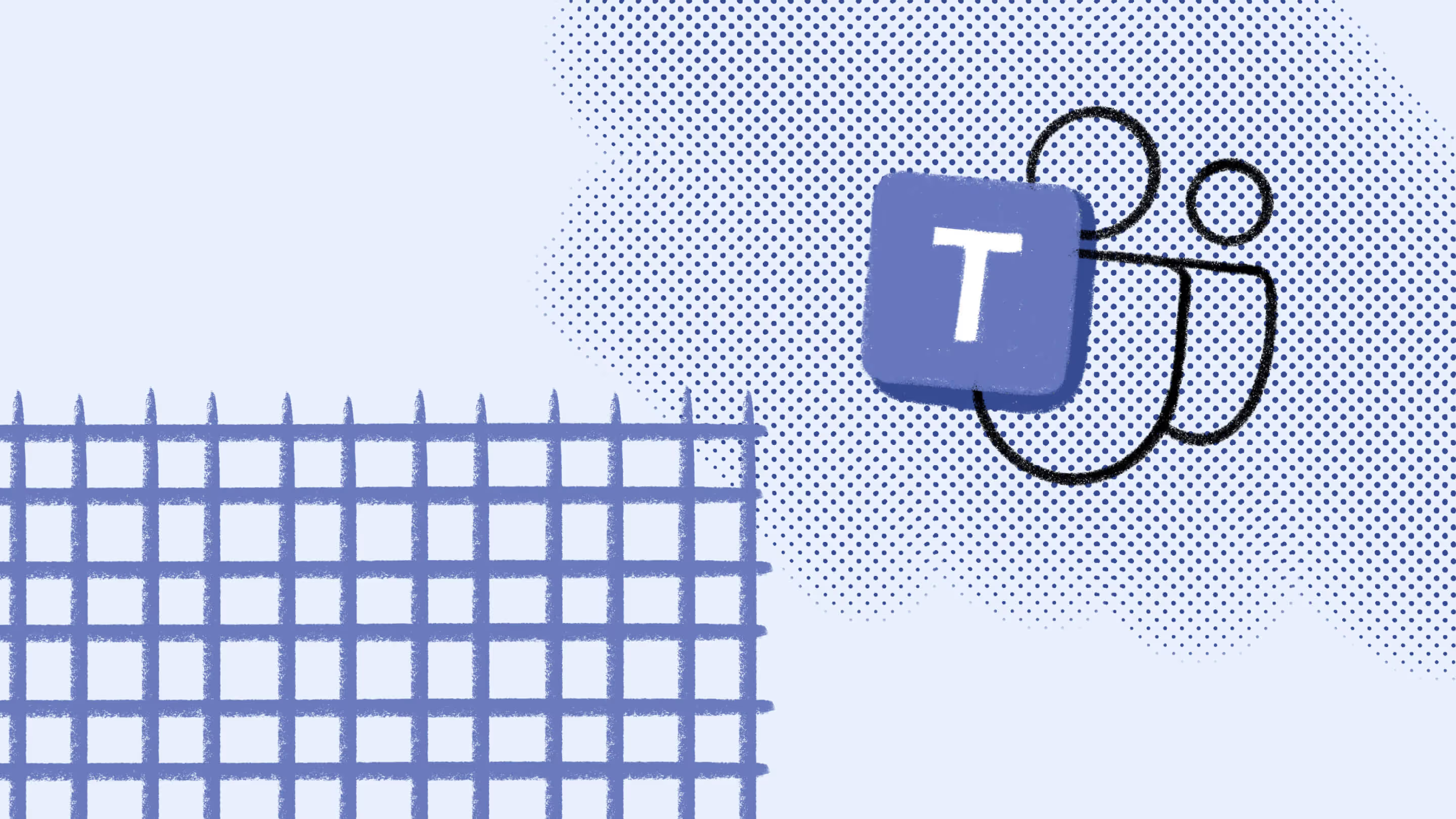

.jpg)


.png)

